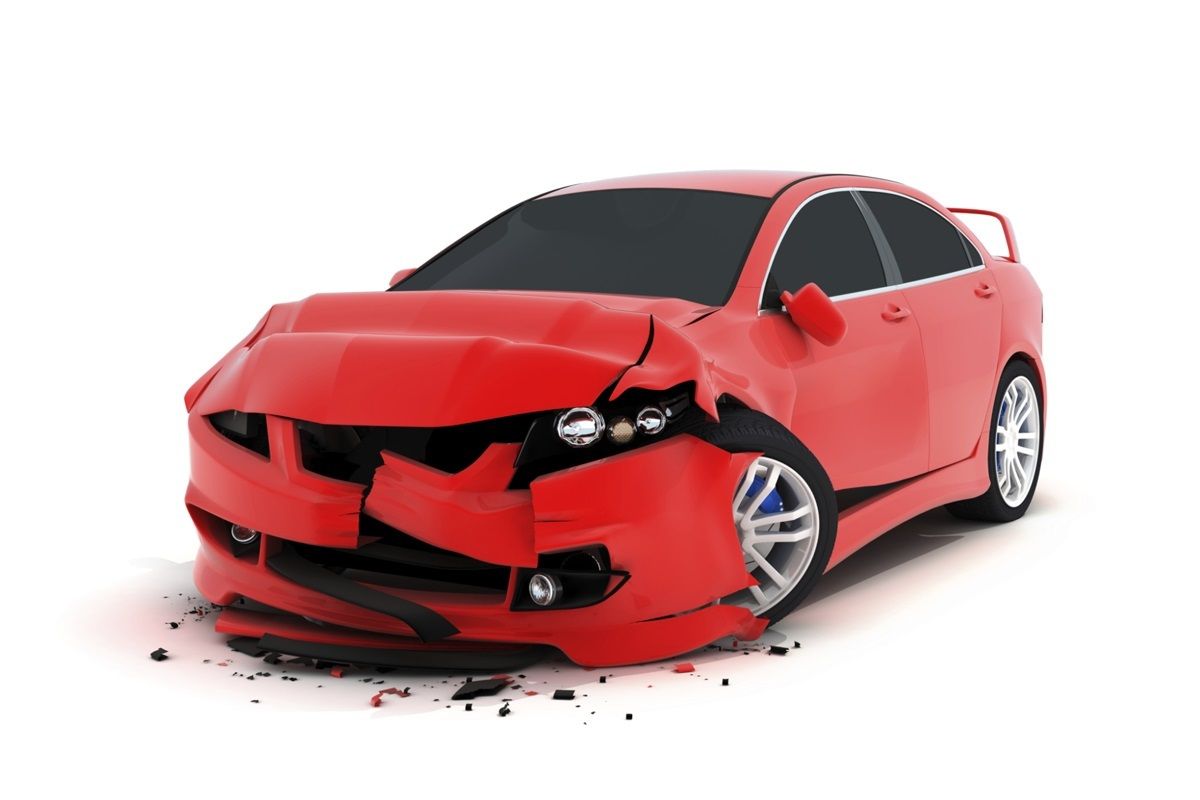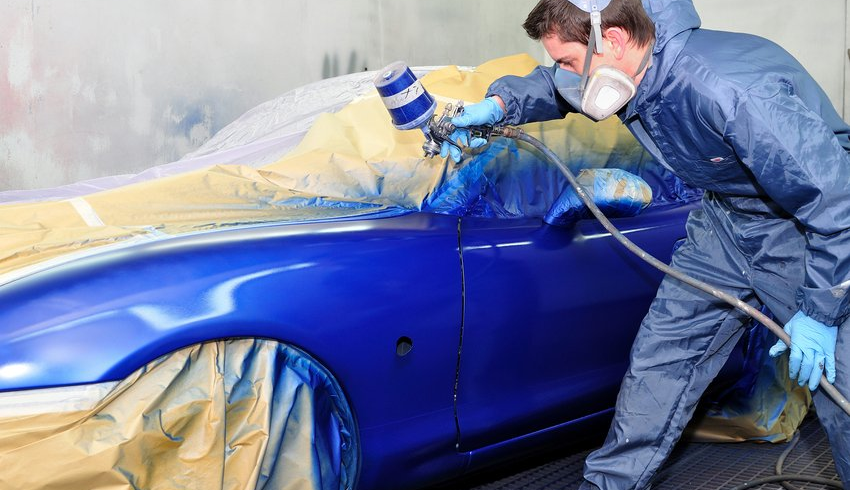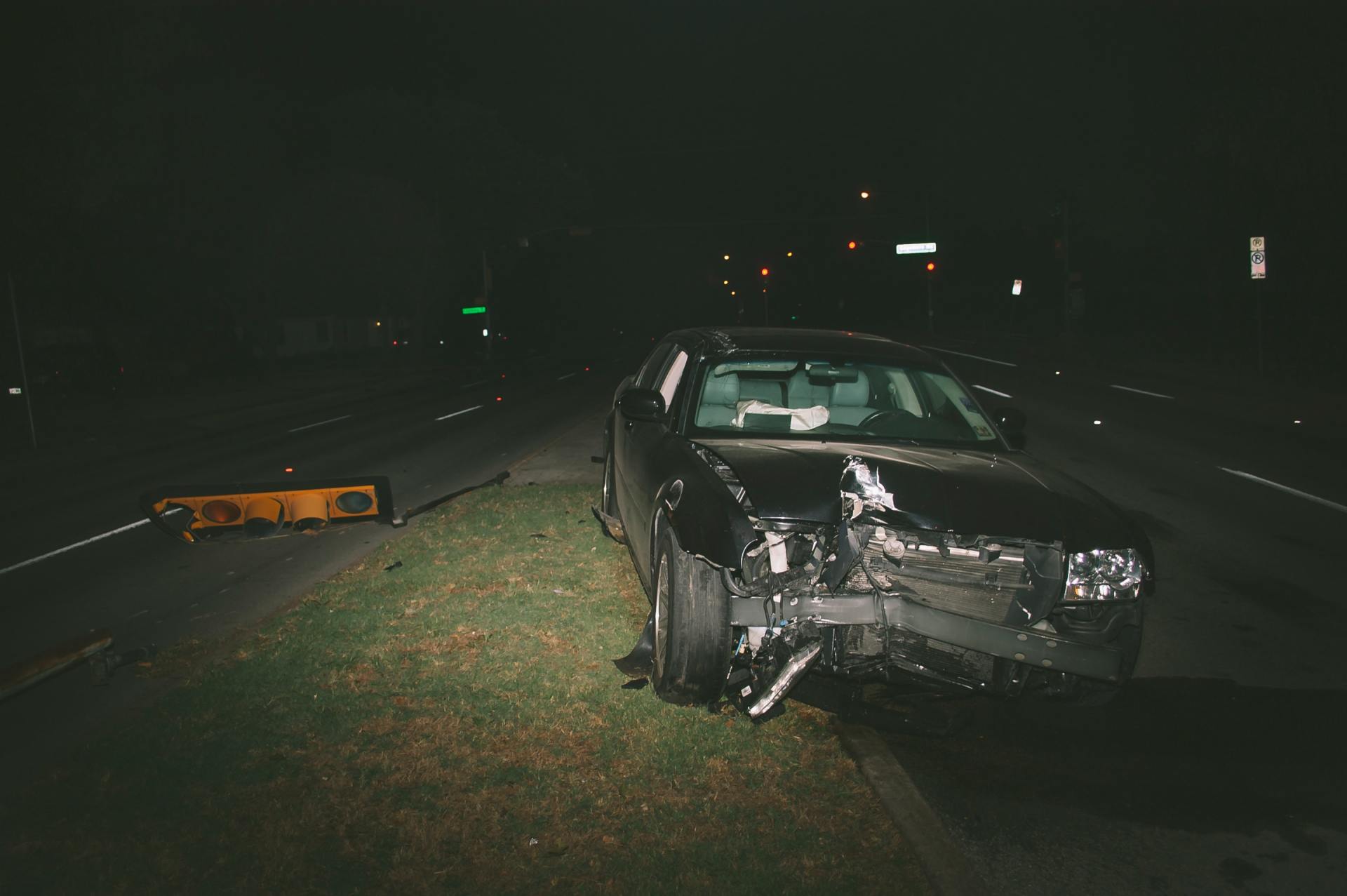How to Safely Drive Through Flooded Roads

Whether there are blocked drains, a heavy downfall of rain, burst water mains, or overflowing riverbanks, flooding can happen at any time. In fact, flash flooding is the number one weather-related killer because people try to drive through dangerous water instead of avoiding it. Water is very powerful and can sweep through your vehicle very quickly during a flood. It is important to pay attention to barricades and signs. Drivers who didn't pay attention to signs often end up with injuries or fatal situations.
Why are Flood Waters Dangerous?
Rushing water can generate a great amount of force. Even small amounts of water can cause you to hydroplane and lead to dangerous situations. When water falls on pavement, it can cause various driving hazards including:
- Six inches of water - Tires lose traction
- Twelve inches of water - Cars begin floating causing you to be unable to brake and steer.
- Two feet - This produces enough force to carry larger trucks and SUVs away.
- Over two feet - Not only will these levels wash you away, but it will get into the engine and stall it out, leaving you stranded.
Tips on Navigating Floods
Always try to avoid standing water and flooded roadways if you can. If you have no other choice than to pass through floodwaters, be sure to:
- Try to estimate the level before driving through it - if other drivers are going through it, check and see how others are making it through.
- Drive slowly and steadily down the center of the road and take turns with other cars to avoid waves.
- Enter the floodwaters at 1-2MPH and drive at 3-4MPH to prevent flooding of the engine.
- Never attempt to cross floodwaters that are above the center of your wheels.
- Avoid water that has downed power lines in it.
- Be aware of logs and other large items floating in the water.
- Do not use your cellphone unless you are calling 9-1-1
- Test and dry off your brakes after passing through water by driving slow and gently braking.
- If your vehicle stalls in the water, try to restart. If restarting is unsuccessful, get out and onto high ground ASAP.
Rely on Our Auto Body Shop
Flood waters are dangerous and can cause a lot of damage to the interior and exterior of your vehicle. When you need help from an auto body shop in the
Bryan and
College Station, TX area, rely on the team at City Paint & Body. We can help with your vehicle repair needs.







